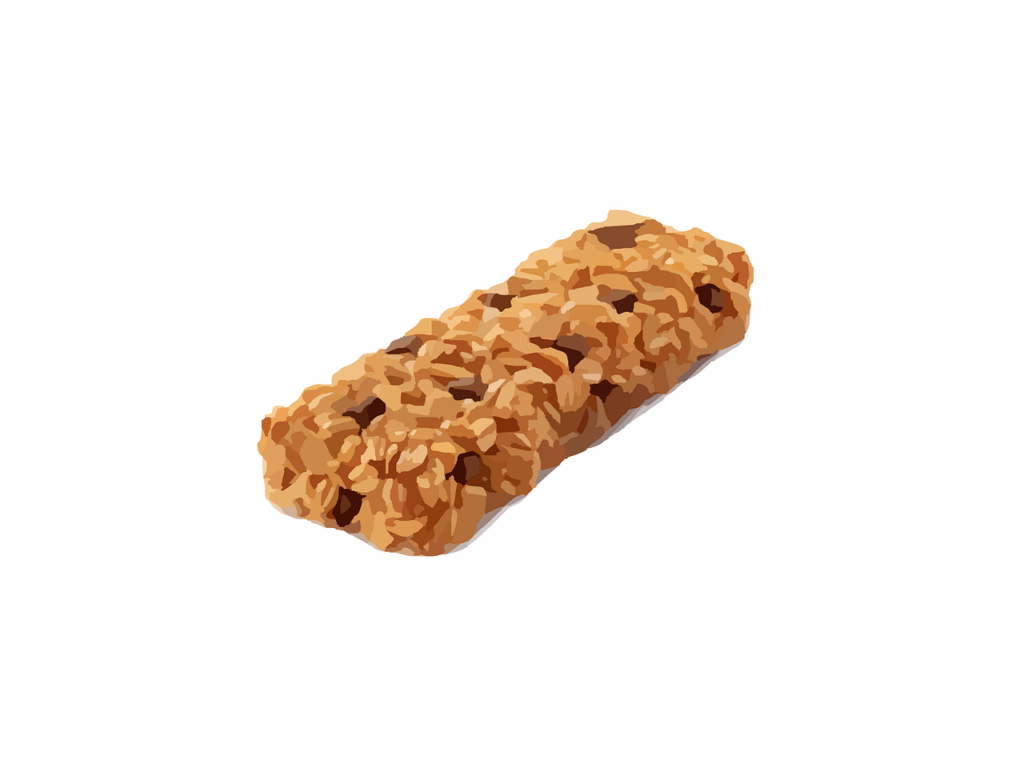A Guide To Meal Replacement Bars
 Meal replacement bars can be a great way to get some quick and easy nutrition. In the last 10-15 years, the nutrition supplement industry has become a big part of the health and fitness field. If you flip through any fitness magazine, you will see many advertisements hawking the various pills, potions, and engineered food. The reason for the explosion of nutritional supplements is convenience. In our fast-paced culture, these supplements are an alternative to a sit-down meal. During the day, many of us just do not have the time to prepare a meal.
Meal replacement bars can be a great way to get some quick and easy nutrition. In the last 10-15 years, the nutrition supplement industry has become a big part of the health and fitness field. If you flip through any fitness magazine, you will see many advertisements hawking the various pills, potions, and engineered food. The reason for the explosion of nutritional supplements is convenience. In our fast-paced culture, these supplements are an alternative to a sit-down meal. During the day, many of us just do not have the time to prepare a meal.
However, there is another side to the supplement industry. In a future blog, I will let you in on the secret about supplements and how anyone can come up with a pill or potion and market it as the next big thing. But that’s not what we are discussing here today.
Meal replacement bars were originally targeted at athletes. However, they obviously have gone mainstream and now are a billion-dollar industry. The variety of bars is absolutely mind-boggling. There are protein bars, high carb bars, breakfast bars, energy bars, brain-boosting bars, etc., etc. With so much variety and the fact that the bars come with tremendous claims on their packaging, I can see why consumers are confused as to what would be the best bar for them. What made it even more confusing is when Snickers started making an energy bar. What is up with that?
A lot of bars are glorified candy bars. You absolutely MUST look at the nutrition labels. Many of the bars have a lot of sugar and saturated fat. Back when I was into bodybuilding, I bought a bar because it was on sale and saw the claim of “30 grams of muscle-building protein!” I didn’t look at the nutrition label. Well, as I was eating it, I did look at the label and was horrified! The bar had 7 grams of saturated fat AND 30 grams of sugar! I immediately threw the bar away.
A good rule of thumb when looking for a bar is as follows:
- 220-230 calories per serving
- Less than 5 grams of fat (total fat, not saturated fat) per serving
- At least 3-5 grams of fiber per serving
- 10-15 grams of protein per serving
- Fortified with a third of daily vitamins and mineral
And do not fall for all those claims on the packaging. In a recent series of tests performed by ConsumerLab, 60% of the 30 bars tested failed to meet their labeling claims.
Here are some of the disturbing statistics:
- 1 out of 12 protein bars met the labeling claims.
- 1 out of 8 meal replacement bars met the labeling claims.
- 4 out of 10 diet bars met the labeling claims.
- 2 products exceeded their claimed amounts of fat.
- 50% of bars tested exceeded their claimed level of carbohydrates with some exceeding the claimed level by an extraordinary amount.
I tell my personal training clients to stick to whole foods for the majority of their snacks. Foods like fruit, veggies, nuts, whole wheat crackers, peanut butter, yogurt, tuna, etc. Stick to using meal replacement bars only once or twice a week in your diet.
